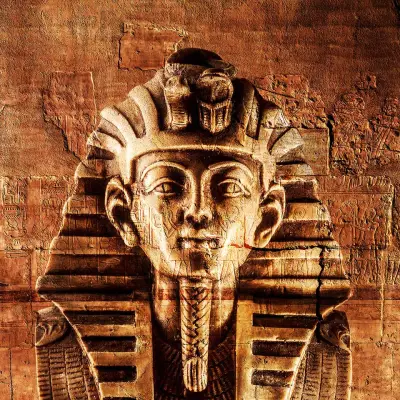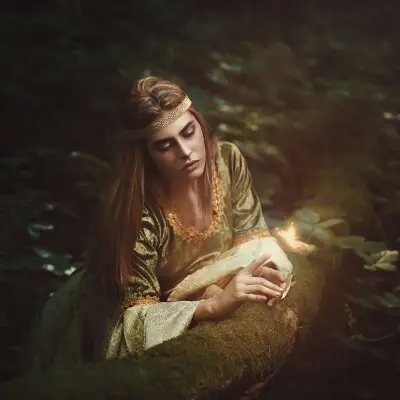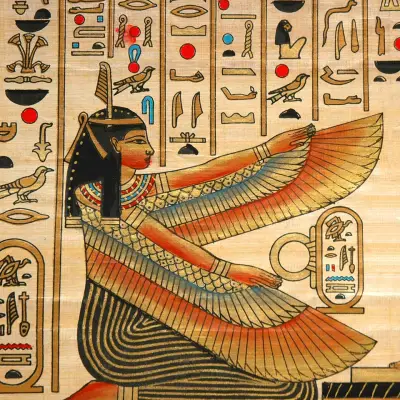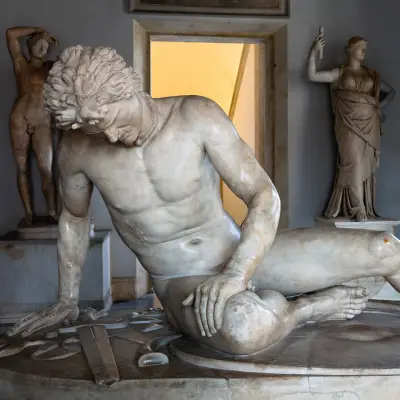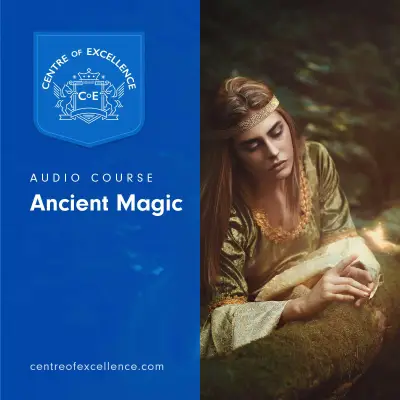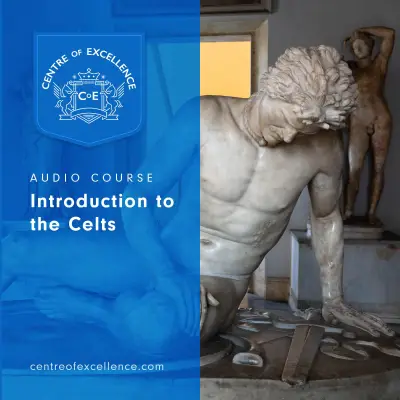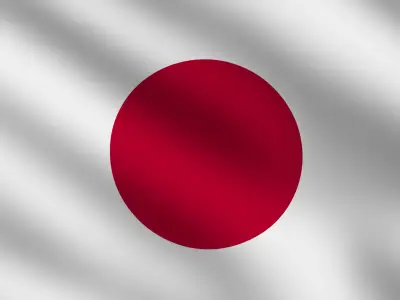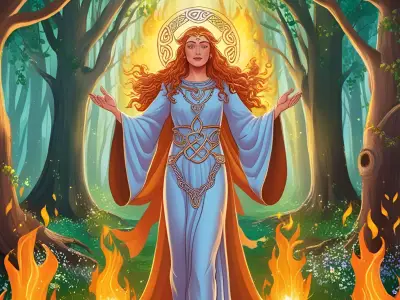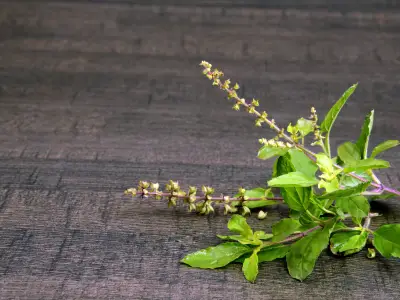Hecate is one of the most compelling figures in Greek mythology, known for her connection to magic, witchcraft, and the crossroads where worlds collide. As a goddess who moves freely between the mortal realm, the heavens, and the underworld, Hecate’s influence extends far beyond her mysterious origins. For anyone curious about the mythology surrounding Hecate, this post explores the myths, symbols, and stories that continue to keep her name alive.
Jump to:
Recommended for you!
Best SellersWho Was Hecate?
Hecate, the goddess of magic, witchcraft, and the night, holds a unique place in Greek mythology. Known for her enigmatic presence, she is often depicted as a triple goddess, representing three aspects of existence: maiden, mother, and crone. This association with liminality—standing at the crossroads of life—has made her a figure of both fascination and mystery.
Hecate’s Myths
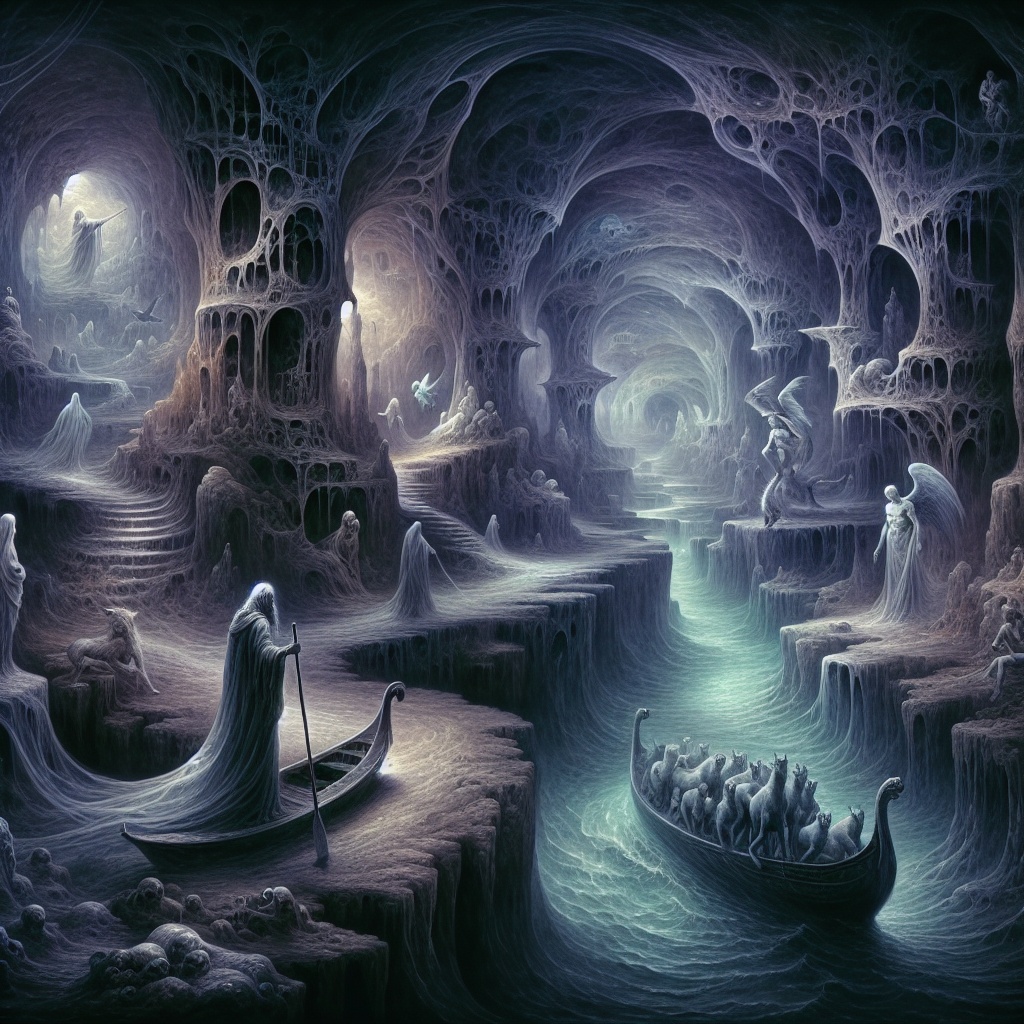
Hecate’s story is woven through various myths, each highlighting her powers, wisdom, and connection to the underworld. Her origins are shrouded in mystery, with many scholars believing she predates the Olympian gods and was a Titaness, signifying her prominence in early traditions. Here are three of the most well-known myths involving Hecate.
The Abduction of Persephone
One of Hecate’s most notable appearances is in the myth of Persephone’s abduction. When Hades took Persephone to the underworld, Hecate played a role in aiding Demeter, Persephone’s mother, in her desperate search.
Carrying torches, Hecate illuminated the dark paths, guiding Demeter and eventually accompanying Persephone on her journey between the realms of the living and the dead. This myth solidified Hecate’s association with the cycles of life and death and her role as a bridge between worlds.
Hecate as a Protector of Witches
In many stories, Hecate is portrayed as a protector of witches and those who practice the mystical arts. As the goddess of magic, she often offers guidance and wisdom at crucial moments, helping individuals navigate challenges or uncover hidden truths.
Her role as a guide and guardian reinforces her connection to the crossroads—symbolic of choice and transformation.
Hecate’s Role in the Underworld
Hecate’s ability to traverse the underworld, earth, and sky made her a powerful figure in myths of transition and transformation. She frequently appears as a mediator between realms, aiding souls in their passage and offering protection during vulnerable moments. This unique capability sets her apart, making her an enduring symbol of strength and adaptability.
What Powers Did Hecate Possess?

Hecate’s powers were vast and diverse, cementing her reputation as one of the most dynamic deities in Greek mythology. Her abilities reflected her roles as a goddess of magic, witchcraft, and transitions, bridging the worlds of the mortal and divine.
- Mastery of Magic and Enchantment: As the goddess of magic, Hecate wielded unparalleled control over spells, enchantments, and potions. Her knowledge of herbalism and plant-based remedies further emphasised her association with healing, transformation, and the mystical arts, solidifying her role as the goddess of witches.
- Guardian of Realms and Souls: Hecate’s ability to traverse the underworld, earth, and sky was unique among deities. This power allowed her to act as a guide and mediator, offering protection during transitions and guiding souls through the afterlife. Her prophetic abilities enabled her to grant visions and insights, making her a trusted figure for those seeking divine wisdom.
- Keeper of the Crossroads: Hecate’s connection to the crossroads symbolised her role as a guide during important moments of choice and change. In ancient Greece, offerings were often left at crossroads to honour her and seek her favour, highlighting her influence over life’s turning points.
Symbols Associated with Hecate
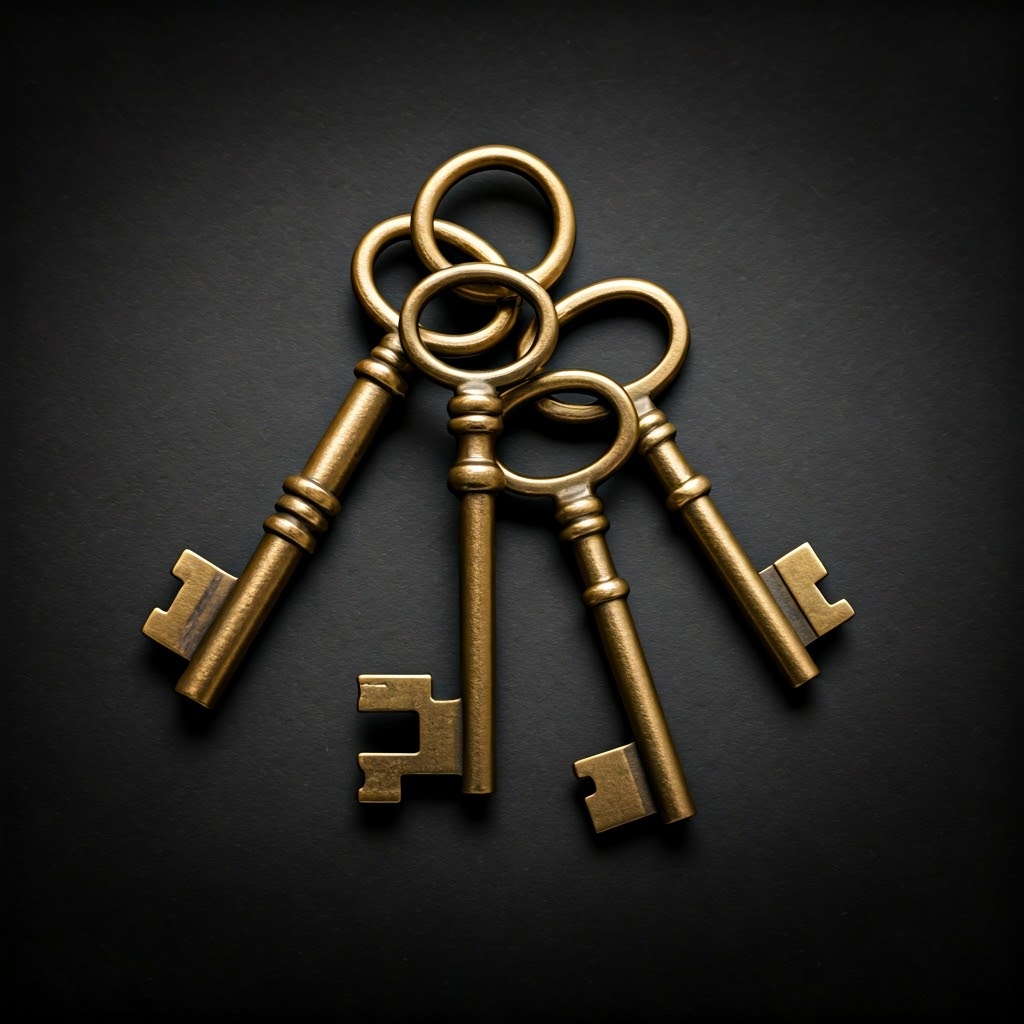
The symbolism surrounding Hecate is deeply intertwined with her powers and myths, reflecting her multifaceted nature and profound influence.
- Torches and Keys: Hecate is often depicted holding torches, which represent her role as a guide through darkness and uncertainty. Keys are another important symbol, signifying her ability to unlock mysteries and open doors to new realms, both literal and metaphorical.
- Sacred Animals: Animals played a central role in Hecate’s imagery. Dogs, particularly black ones, were sacred to her and often depicted as her companions. They symbolised loyalty, protection, and her connection to the underworld. Snakes and owls were also associated with her, representing transformation and wisdom, respectively.
- Plants and Crystals: Hecate’s link to the natural world is evident in the plants sacred to her, including yew, cypress, and aconite. These plants reflect her ties to both life and death. Crystals like black tourmaline and labradorite are associated with her energy, believed to enhance intuition, protection, and spiritual exploration.
Why Is Hecate Special?
Hecate’s uniqueness lies in her multifaceted nature. She embodies the balance of light and dark, life and death, and creation and destruction. Unlike other deities confined to specific domains, Hecate moves fluidly between worlds, making her a powerful symbol of transition and transformation.
Her role as the goddess of witches and magic has made her a central figure in modern spiritual practices. Many people honour Hecate as a source of wisdom and protection, particularly during times of change or uncertainty. Her ability to empower and guide people in exploring their inner strength is one of the reasons she continues to captivate the imagination.
Hecate in Modern Culture
Hecate’s legacy transcends ancient Greek mythology, continuing to inspire modern spiritual practices, literature, and art. Her story endures because of its universal themes of magic, mystery, and the interplay between light and darkness.
Hecate in Contemporary Witchcraft and Spirituality
Hecate remains a prominent figure in contemporary witchcraft, where she is often invoked during rituals for protection, wisdom, and guidance. Her deep connection to the moon and the cycles of nature makes her a central figure in Pagan and Wiccan traditions, symbolising transformation and empowerment.
Hecate in Literature and Art
Hecate’s enigmatic presence has captivated writers and artists for centuries. From Shakespeare’s Macbeth, where she embodies the mystical and foreboding, to modern novels, her role as a symbol of magic and transformation endures. In art, she is frequently depicted as a powerful, triple-faced goddess, symbolising her connection to the crossroads and her ability to navigate multiple realms.
Recommended for you!
Best SellersFrequently Asked Questions about Hecate
What is Hecate passionate about?
Hecate is deeply connected to magic, transformation, and guiding people through moments of change. She is passionate about empowering those who seek her wisdom, protecting the vulnerable, and illuminating hidden truths. Her association with crossroads highlights her interest in choices and possibilities.
What was Hecate’s relationship with other gods?
Hecate maintained a unique position in Greek mythology, earning respect from many gods, including Zeus, who granted her dominion over earth, sea, and sky. While she had ties to the underworld through Persephone, she wasn’t considered an enemy of Hades or any other deity. Her independence and neutrality made her an enigmatic figure in the pantheon.
Why does Hecate have three bodies or faces?
Hecate’s triple form represents her connection to the past, present, and future, as well as her dominion over the heavens, earth, and the underworld. This imagery also aligns with her role as a protector of crossroads, where decisions and transformations intersect.
What animals are sacred to Hecate?
Hecate is closely linked to dogs, particularly black dogs, which are often depicted as her companions and protectors. Snakes and owls are also sacred to her, symbolising transformation and wisdom. In some traditions, toads and black cats are associated with her mystical energy.
What rituals or practices honour Hecate?
To honour Hecate, offerings such as food, incense, or keys are traditionally left at crossroads. Rituals often take place during the dark moon, a time believed to resonate strongly with her energy. Lighting candles, meditating, and using crystals like black tourmaline or labradorite are common ways to connect with her.
Why is Hecate sometimes considered a dark goddess?
Hecate’s association with the underworld, witchcraft, and death often leads to her being described as a “dark goddess.” However, this term doesn’t imply malevolence. Instead, it reflects her role in guiding individuals through life’s transformative and shadowy aspects, such as endings and new beginnings.
What trees and flowers are sacred to Hecate?
Trees like yew and cypress are sacred to Hecate, symbolising death, rebirth, and transformation. Wolfsbane (aconite) is also associated with her due to its mystical properties. Lavender and black poppies are sometimes used in her honour in modern rituals.
How do you pronounce Hecate’s name?
Hecate is commonly pronounced as “HEK-uh-tee” or “HEK-tay.” Both pronunciations are widely accepted and used interchangeably, depending on tradition or context.
What numbers are sacred to Hecate?
The number three holds special significance for Hecate, representing her triple form and her influence over the three realms of heaven, earth, and the underworld. It also symbolises cycles of life and transformation, aligning with her timeless essence.
Study Greek Mythology for £29
Hecate’s myths offer a glimpse into the fascinating complexities of Greek mythology. If you’re captivated by these ancient stories and their modern interpretations, deepen your understanding with our Greek Mythology Diploma Course at Centre of Excellence. This fascinating course offers an in-depth exploration of the myths, legends, and cultural significance of ancient Greece. By enrolling today, you can enjoy a discounted price of just £29.

